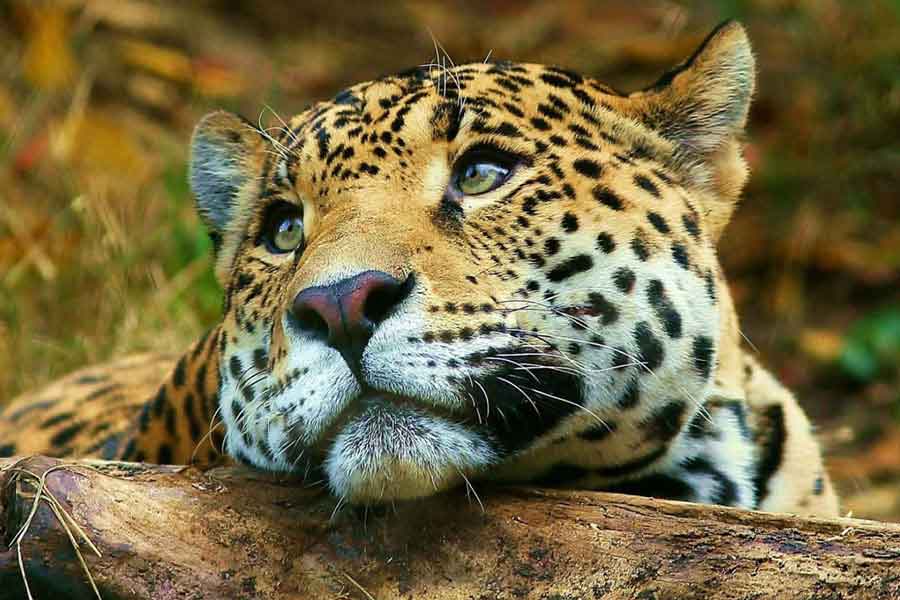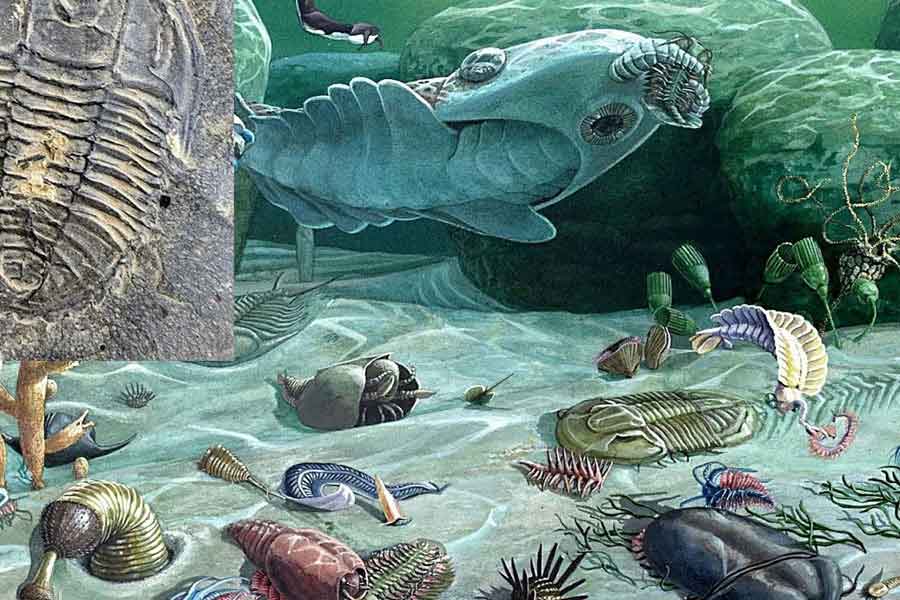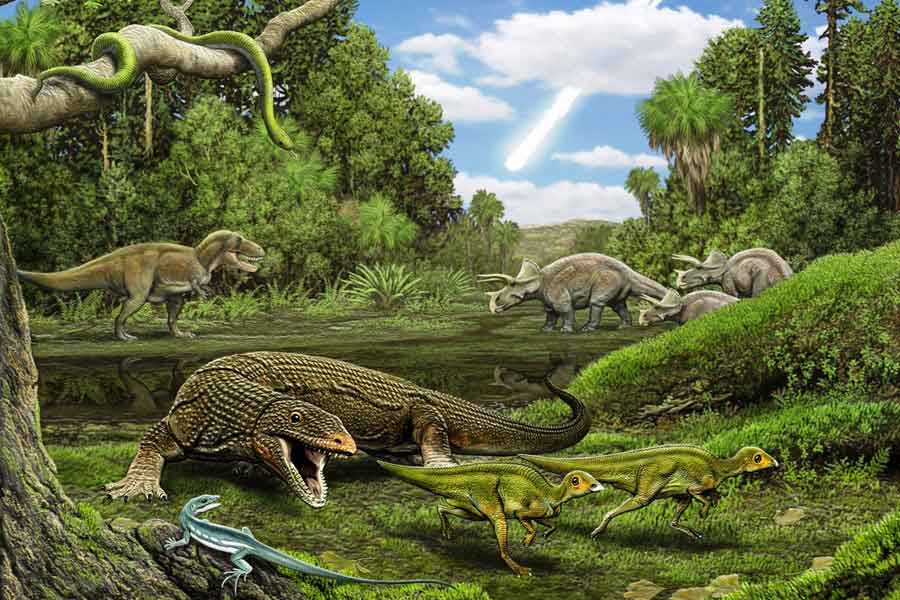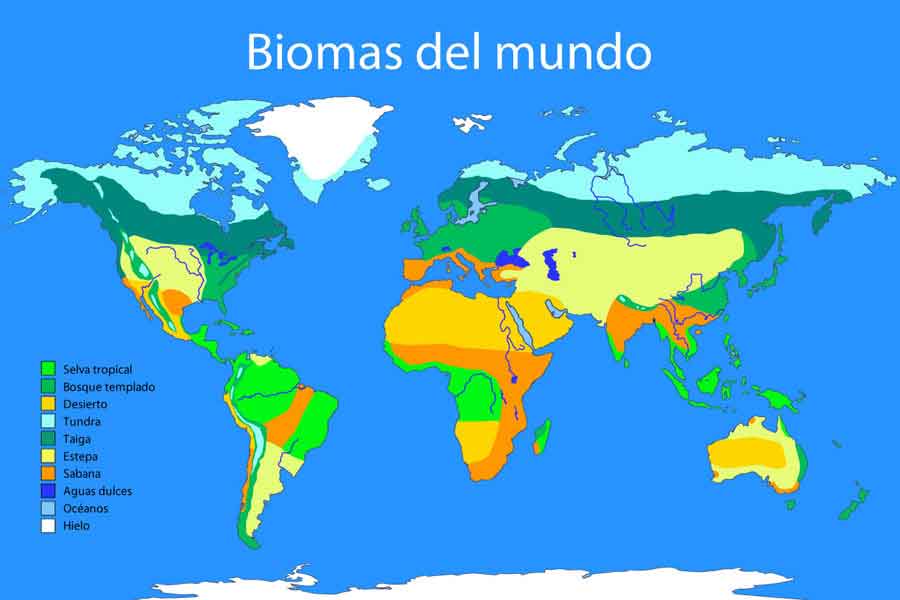
 |
 |
Each alive being – vegetal or animal-, is an individual if it is considered in relation to the species to which belongs.
From the point of view of the ecology, a set of individuals of a species that occupies a place determined at the same time forms a population.
Populations are not stable but they modify themselves according to a series of factors: climatic variations, adaptation to the environment, diseases, epidemics, action of pregivers, food shortage and the movement of the own individuals in the territory in migration processes.

The set of populations of different species that live in a same area receives the community name. For example, the set of populations of ants and beetles of the ecosystem forest constitute a community of insects of itself.

The interaction between the species
Each species has a function and occupies a place in the physical space. The relations between individuals of different species can be of competition, predation, parasitism and cooperation.
Competition relation exists when the individuals must fight in the environment to appropriate themselves a certain resource, that can be the space, the light, the security, the food, etc. The predation relation is that in which an organism captures other to nourish itself of him. The parasitism happens when an organism feeds itself on another one, living on him or in its interior during every or the most part of the life of the other. For example, it is parasitic of the dog, the tick
In the cooperation the individuals of two species are associate receiving some type of benefit that could not separately be reached.
The biosphere
The biosphere is the part of the Earth where the alive beings are developed.
It covers from 8 or 10 km on the level of the sea to few meters of depth in the ground, where the roots of the plants arrive to absorb minerals. It also includes waters of the oceans from its surface to the deepest regions. In all its extension it measures around 20 km.
The aquatic environment, where the life was originated, are two: the see, abundant in salts, and the one of fresh water, with few salts.
Two characteristics of them are the density of the water, that is an appropriate support for the organisms and simultaneously an obstacle for its movements, and the depth. This last one, related to the amount of light that breaks through from the surface, determines the existence or non-existence of plants.
Remarkable differences appear between the terrestrial environment and the aquatic one. The muscular force to move by the ground, climbing, or walking, must be greater than the one than it is needed in the water. Before it, most of the animals species that occupied the ground had to develop extremities apt for the locomotion. They do not lack, nevertheless, crawl forms, that in general are limited to the surface of the ground and its interior.
The aerial environment are colonized so much by plants as by animals. The vegetables resort to the air for the dissemination of the seeds o, which allows them to extend the area of dispersion of the species. The animals better adapted to that environment have developed two characteristics: light corporal structures and organs adapted for the movement in the heights, generally wings or membranes.
Biomes
All ecological space that shares the same species, climate, animals, and plants is a biome. The surface of the planet is divided in biomes, defined by the characteristics of humidity, temperature and annual precipitations. Every biome has a certain vegetation and its limits is demarcated by diverse factors, among them, the availability or not of water, the greater or smaller amount of light and the amplitude of temperatures.
According to the most habitual subdivision, main biomes is: the jungle, the forest, the savannah, the prairie, the steppe, the tundra, coniferous forest (taiga). and the desert.

All ecological space that shares the same species, climate, animals, and plants is a biome. The surface of the planet is divided in biomes, defined by the characteristics of humidity, temperature and annual precipitations. Every biome has a certain vegetation and its limits is demarcated by diverse factors, among them, the availability or not of water, the greater or smaller amount of light and the amplitude of temperatures.
According to the most habitual subdivision, main biomes is: the jungle, the forest, the savannah, the prairie, the steppe, the tundra, coniferous forest (taiga). and the desert.
